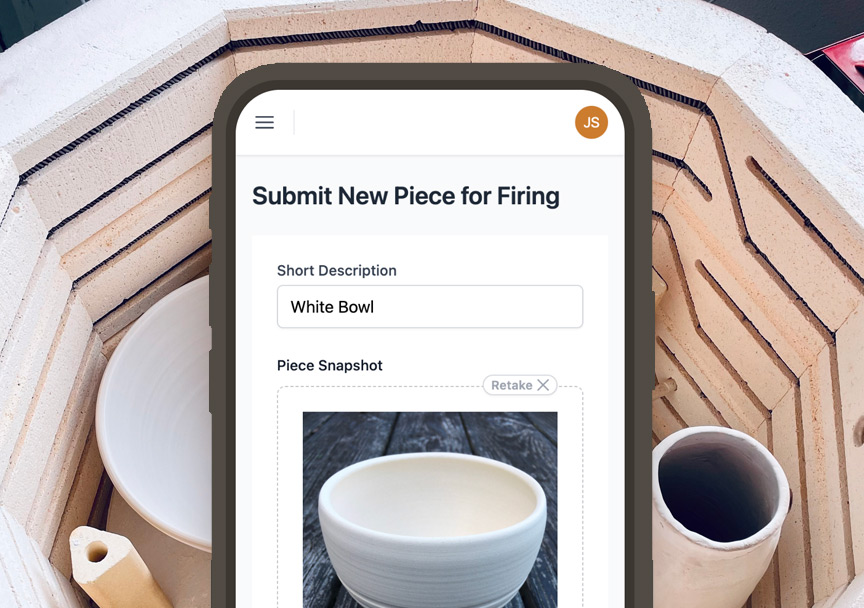An inevitable byproduct of ceramic art is excess clay going to waste. Trimmings, discarded pieces, water from reclaiming clay - it adds up quickly. To maintain an efficient, eco-friendly studio, you need to handle clay waste properly.
What are some responsible ways to manage leftover clay and reduce what gets discarded? Here are some tips:
Reuse Clay Scraps
Before binning any stray lump of clay, think creatively about how it could be reused:
- Roll scraps into ropes or coils for decorative accents
- Knead bits of clay together into new viable blocks
- Use shards and fragments in a mosaic or collage
With some imagination, virtually any clay leftover can find another purpose.
Recycle Clay
Worn-out clay that has dried past reuse can often be reconstituted by thoroughly re-wedging with some additional water. This recycles it into reusable clay again.
For clays with grog that don’t rewet well, consider grinding them into grog to mix into new blends or using them as kiln spacers.
Fired bisque fragments can even be ground to make your own glazes and slips. Nothing should go to waste.
Compost Dry Clay
Thoroughly dry hardened clay that cannot be reconditioned can potentially be composted or added to garden soil, as long as it contains no toxic ingredients. Avoid glazed pieces.
The small particulate size and minerals within provide nutrients. Just be wary of overloading soil with too much clay content.
Clay Slurry Recycling
The sludgy water left from reclaiming clay makes an excellent slip for adhesion. Simply pour off the slip water and let any solids settle before use.
Slips can also be dried into clay sheets for projects. Be sure to catch and reuse all that valuable clay rather than wash it down the drain!
Proper Disposal
Where recycling efforts fail, dispose of clay thoughtfully:
- Allow the clay to fully dry first, then break into small pieces to minimize volume
- Bag scraps in trash bags and put out normally for landfill waste disposal
- Absolutely never attempt to dispose of moist clay in sinks, toilets or drains to avoid major clogs!
- Do not place clay in curbside recycling bins, as the material contaminates the recycling stream
Avoid Excess Waste
Ultimately, reducing unused clay in the first place is key. Some ideas:
- Only mix as much clay as you realistically need for a project or class
- Have new students start with small clay amounts to practice
- Cautiously store leftover mixed clay for future use if it wasn’t contaminated
- Encourage studio members to reuse scraps and trimmings when possible
With some creative problem-solving, you can give clay leftovers renewed life! Follow these tips to run an eco-friendly and zero-waste ceramic art studio.


